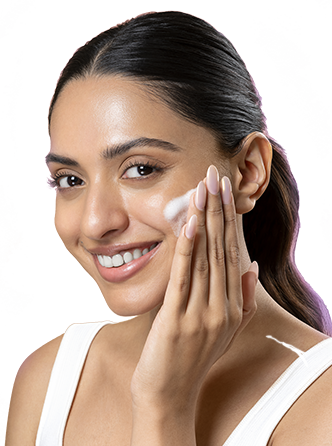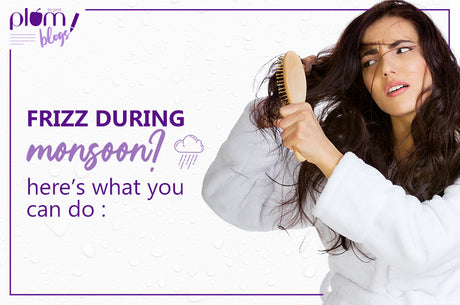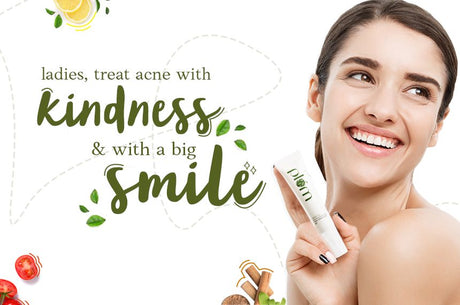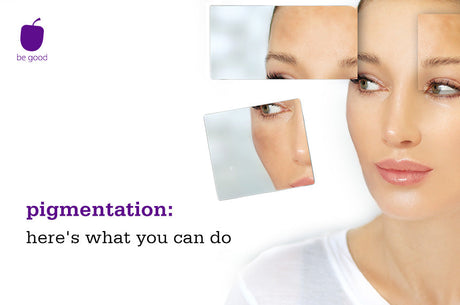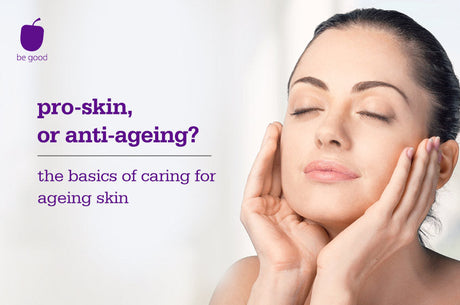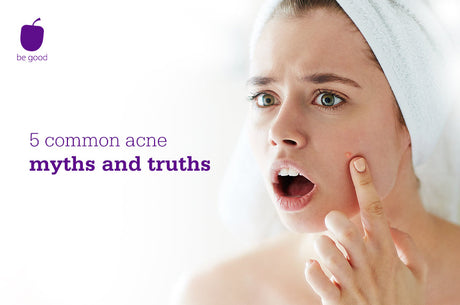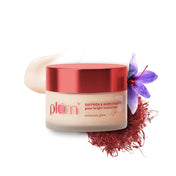Hello everyone! If there is one skin problem that causes near-panic in everyone's minds, it's acne. We've covered topics related to acne in our earlier post on
comedogenic ingredients and also in our
post on green tea. New
scientific evidence has emerged on why green tea can be particularly effective against acne - and as usual, our writers have made it really easy for you to understand, and act upon!
The story so far...
To understand why green tea works, it's important to understand how acne is caused in the skin. Science has told us so far that the blocking of pores leading to the proliferation of a species of bacteria,
Propionibacterium acnes, causing inflammatory response on skin, has been the mechanism for acne formation.
Meet sebum
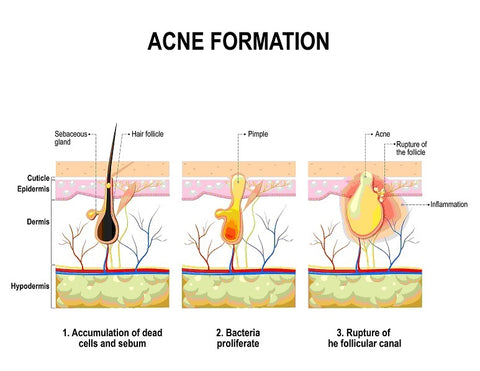
Sebum is a
natural secretion of sebacious glands found on skin. It is rich in waxes, and squalene, and protects the skin from dryness, microbial attacks and in keeping it supple, by forming a thin layer over the skin. "Oily skin" really is a condition of over-eager sebacious glands that produce more than what the skin requires, leading to an "oily" appearance on face. Too little sebum, and you have dry skin. Nature knows how to protect, naturally, but some times, needs a little nudge in either direction to stay on track, that's all!
Why does oily skin increase risk of acne?
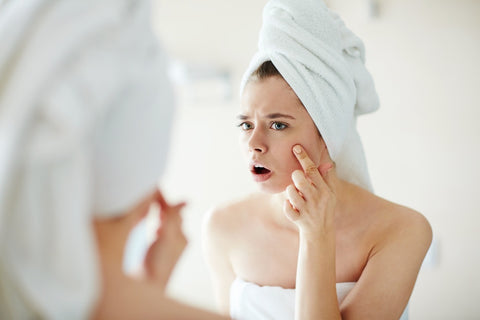
Here's where the fresh evidence comes in. Besides what we know about the bacteria, it has now been proven that sebum is highly prone to oxidation by air and other free radical species (pollutants, and from stuff we eat). The squalene in the sebum, which is normally liquid, tends to become solidified when it oxidises (or peroxidises, in scientific terms). AND from our
article on comedogenicity, we know that solidified waxes+ already excess sebum = blocked pores, and blocked pores + bacteria = acne! Understood? Also, the oxidated squalene
by itself has been shown to trigger inflammation in skin cells - result, again: acne.
Got it, how does green tea help?
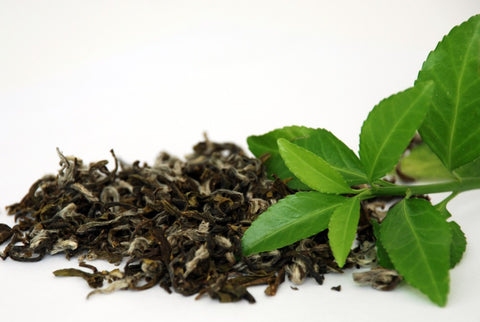
If you've followed the story so far, understanding the next step is easy. Green tea contains polyphenols and particularly EGCG. These are extremely potent antioxidants (
what are antioxidants?) and can stop or retard the process of sebum oxidising and causing inflammation and/or bacterial growth+inflammation. Means: we've successfully intervened
naturally in the process of acne formation, without creating any undesired side effects. We love it when the solution is so neat and natural!
Before you rush to the store...
...to buy green tea products, here's 3 other things you need to know:
- Green tea can be a part of your full CTMP regimen (read our article on green tea in CTMP), besides of course drinking it which has lots of health benefits.
- Make the sure ingredients in any leave-on product you buy are non-comedogenic, and do not contain irritating chemicals that can aggravate your skin problem.
- Green tea is not the only way to treat acne, but it's a modern, safe and natural way of doing it. Antibacterial, anti-inflammatory and keratolytic treatments are also available, but make sure you know what you are getting into, before using it on your face!
Cheers, and wish you clear-faced and acne-free times!
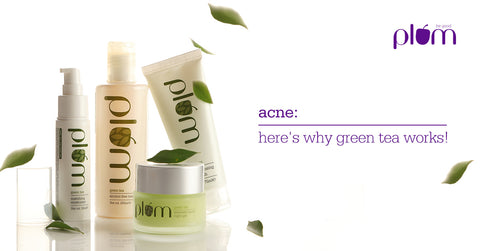



 Plum Green Tea Pore Cleansing Face wash
Plum Green Tea Pore Cleansing Face wash Plum Green Tea Alcohol Free Toner
Plum Green Tea Alcohol Free Toner  Plum Green Tea Mattifying Moisturizer
Plum Green Tea Mattifying Moisturizer

